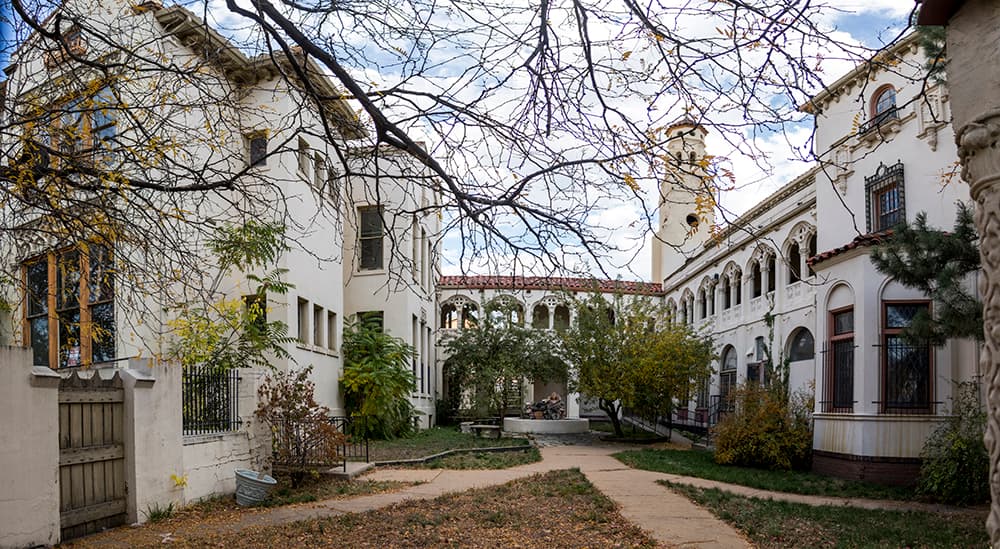Earlier this year, reader Chris Adams wrote in and asked: "I walk by the Oscar Malo Jr. Memorial Hall (1835 Logan) often. Who was he and why does he have a whole building dedicated to him?"
As it happens, that building and, in fact, the entire parcel it sits on is the site of a historic preservation effort that's currently underway in the North Capitol Hill neighborhood (commonly referred to as Uptown).
Oscar Malo Jr. Memorial Hall was completed in 1929 as a gymnasium for the elaborate convent on Grant Street next door that was the home of Cathedral High School between 1921 and 1982. Both buildings have been quiet for the last few years. The convent building housed the Grant Street Art Studios until the building was sold in 2013.
For a time, local historic preservationists feared the ornate old buildings might be torn down as upscale residences have grown throughout the neighborhood. Even though demolition application permits had been filed, they managed to start a process earmarking the old school as a Landmark Preservation site in time to undermine that process and pass the sale to a new owner who would keep the buildings around. The site's new owners plan to turn it into a boutique hotel that will save and incorporate both buildings.
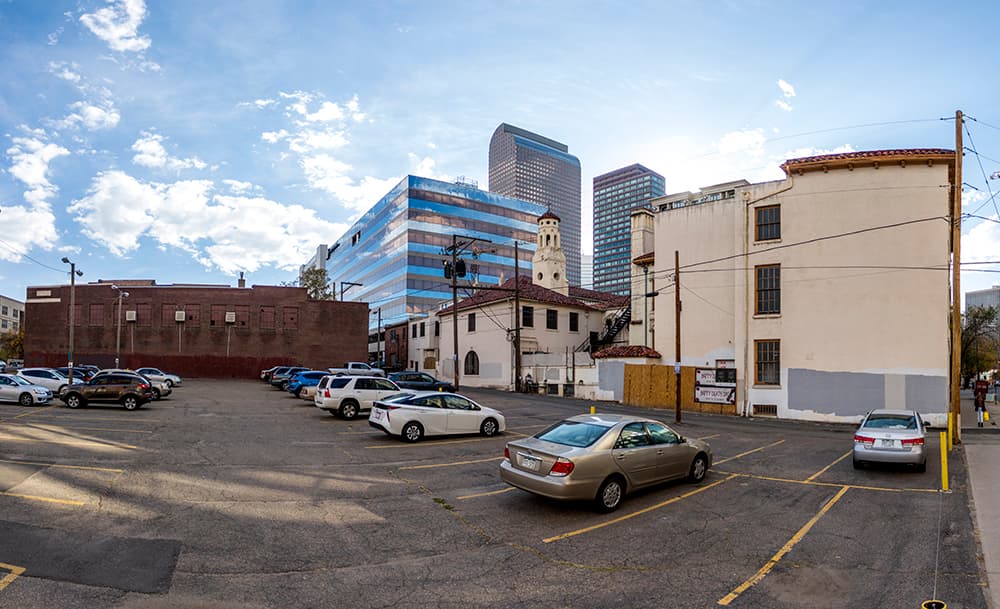
Before we explore the past, let's talk about the future:
Last week, at Capitol Hill United Neighbors' (CHUN's) monthly historic preservation meeting, Darcey Vertuca with OZ Architecture presented an updated timeline and designs for the hotel. She told the neighborhood group that the project should be completed "hopefully" by the end of 2020. She expects work to begin in a couple of months.
Vertuca can't reveal who the hotel operators will be yet, but she said the space will also incorporate retail and dining to "activate the street." The hotel's main entry will be in the alleyway, and the gym will be used as a convention and event space.
Members of the CHUN preservation committee asked whether or not elements like the gym's wooden floors might be restored for future use. While Vertuca said that particular element probably was taken out in an earlier reuse, she said the designers are "all about salvaging as much as we can."
Michael Henry, chair of the preservation committee, said this had been the group's "pet project," and he's pleased to see the new development is moving along with the buildings in tact. CHUN, Colorado Preservation Inc. and Historic Denver were behind the Landmark Preservation coup that saw the site end up into friendly hands.
"We jumped into action as quick as we could and filed an application for historic designation for both buildings," he said. That stalled things for the developer who wanted to scrape the lot. Then, the preservation coalition pulled that application when they found a builder who would play ball.
"I think it’s a win-win all the way around because a good reuse has been found for it," he said. "It is such a battle these days with all the growth coming in."

Here's what Henry and crew have managed to preserve:
According to their Landmark Preservation application for the high school building, which Henry did much of the research for, Cathedral High School's first classes were held in St. Mary's church, Denver's first Catholic structure, that stood once at 15th and Stout streets. By the time they moved Uptown in 1921, the building there had already been used as a convent and as rental housing. It was renovated to accept the students.
Also in 1921, Oscar Malo Jr., the son of two high society Denverites, died from untreated infection (penicillin wouldn't be discovered for another eight years). The Landmark application for the gym includes an excerpt of a letter from Oscar Malo Sr. to president Calvin Coolidge, lamenting that the "blood poisoning" began in his son's little toe and, within three days, had spread throughout his body and killed him.
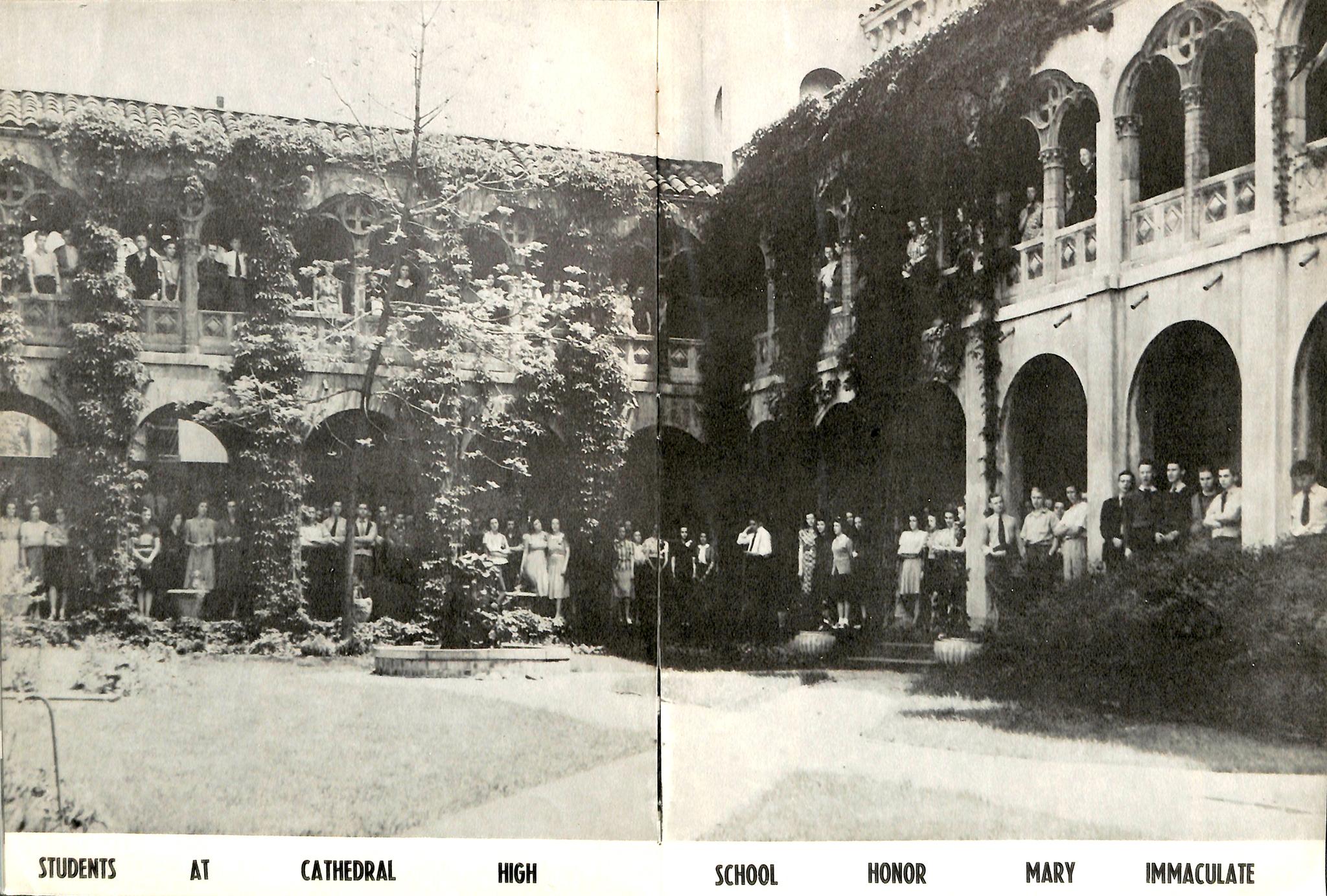
Malo Sr. had considered building some kind of memorial, but it wasn't until he and his wife were approached in 1927 by a booster for the newly-formed Catholic Schools Athletic League that his vision began to take shape. The booster, Monsignor McMenamin, asked that the Malo family support a new gym for Cathedral High School in memory of Oscar Jr.
"We need it badly," McMenamin wrote in his request.
The Malo family agreed, and soon contributed $30,000 of the total $58,000 to build it. When it was finished, Oscar Malo Jr. Memorial Hall was used for sports, plays, dances and diocesan conventions.
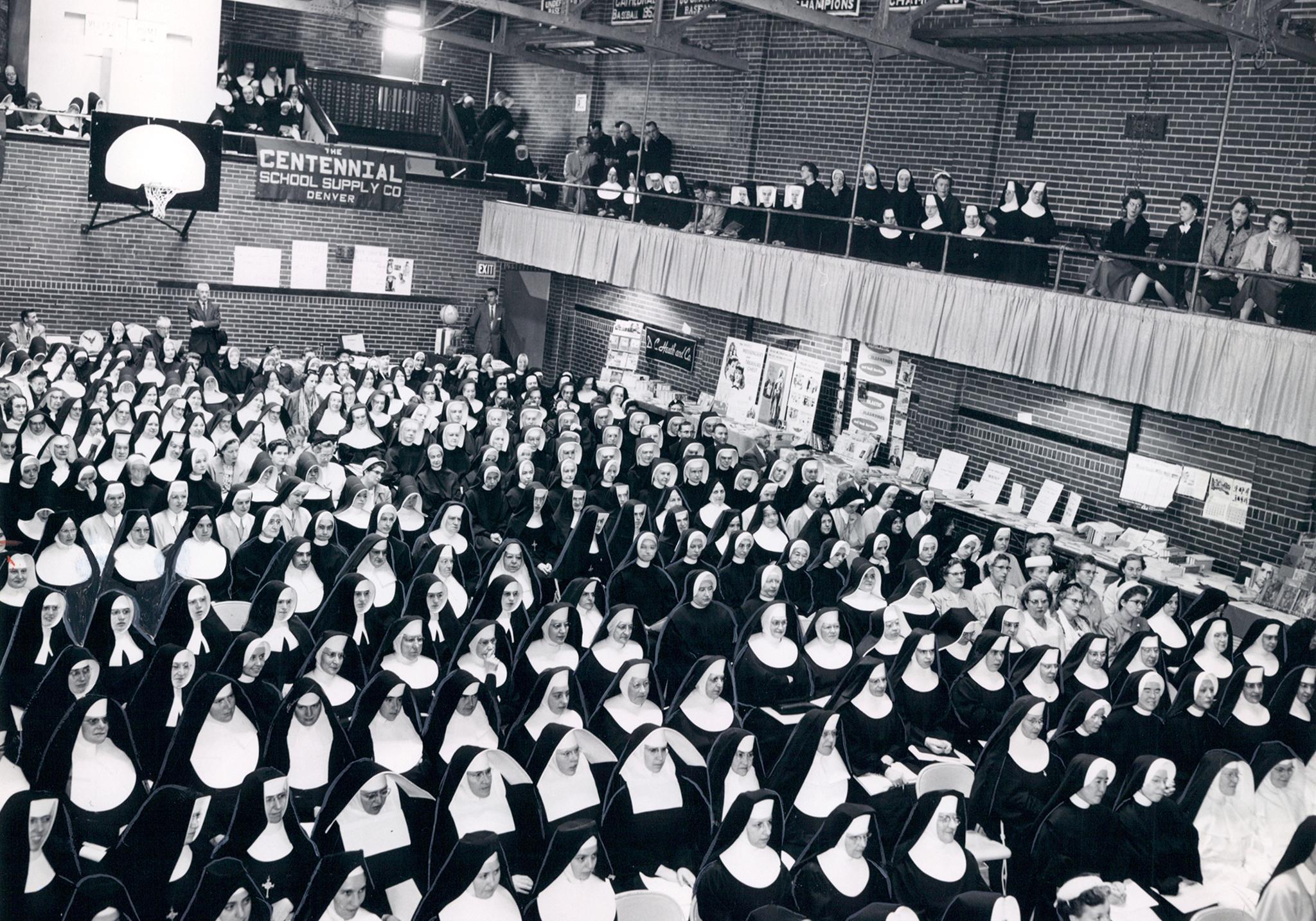
The gym is significant, said Tom Noel, a longtime local historian known as Dr. Colorado, because Cathedral High School became known more for its "focus on sports maybe even than on religion." Their prowess in athletic competition made them famous in their day, he said, and that fact is illustrated by the schools old yearbooks, which are available in Archdiocese of Denver's online archives.
Around the time of its construction, Noel said, Capitol Hill was seen as entering a decline. The neighborhood, which once exclusively consisted of single family homes and mansions, began to see its first apartment buildings. A result of the Great Depression, wealthy people without children opted to live in smaller, more affordable units.
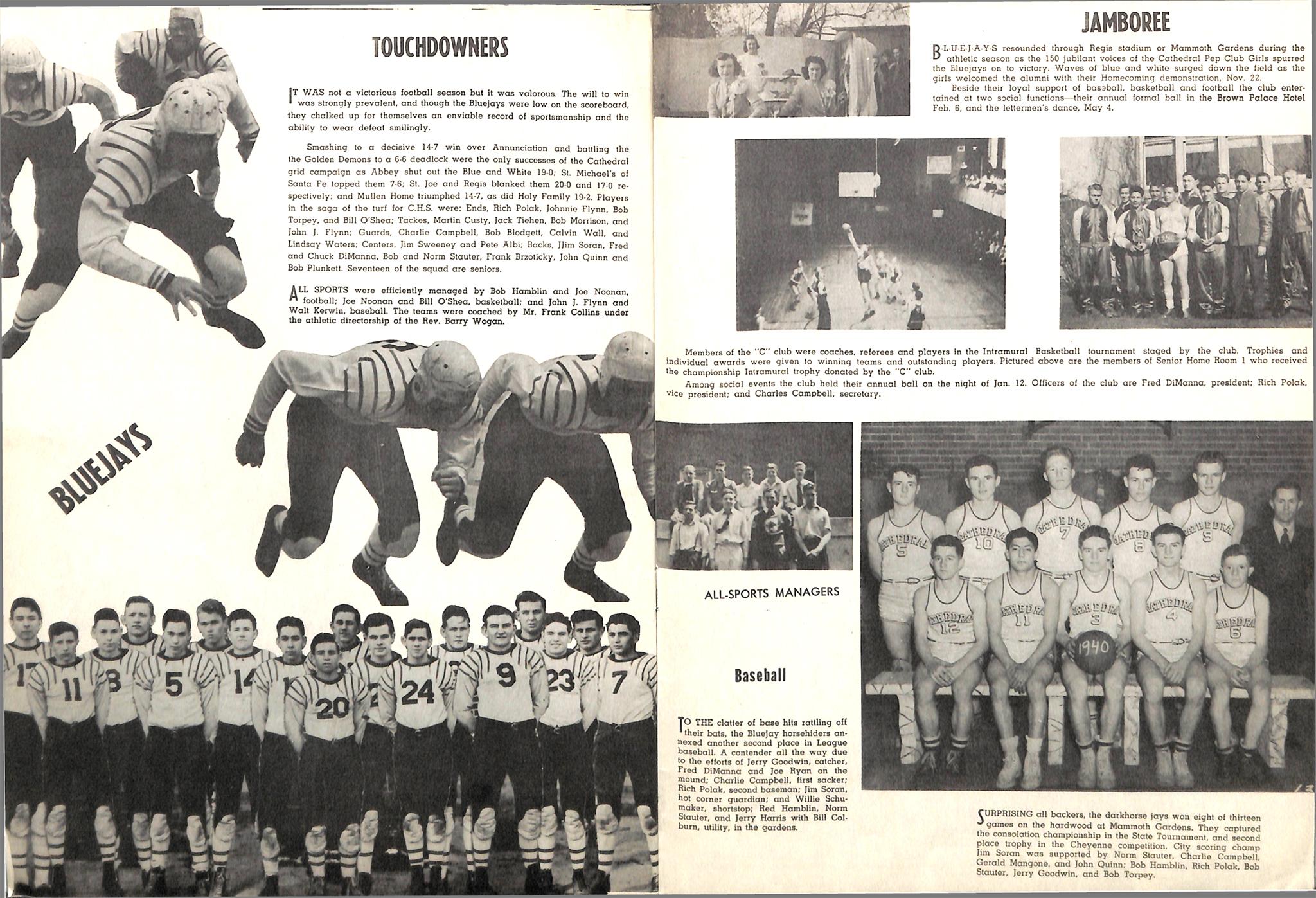
Despite the changes to the neighborhood that began in the '20s and, really, never stopped, Cathedral High School managed to operate between Logan and Grant streets for 60 years until declining enrollment forced its closure. In 1982, the building and gym became a homeless shelter, which mainly catered to men but also offered short-term apartments for families. And then, in 1989, Mother Theresa visited the site and declared she would open a mission there. Between 1989 and 2003, the convent building was used as a hospice facility for a total of 490 patients with AIDS, many of whom died there.
"Part of what’s really interesting is that many of the churches in Capitol Hill were funded by really wealthy people," Henry said, but "it served everybody in the neighborhood."
That idea, he said, is one reason (besides fine architecture) to keep the old buildings around.
"We do not ever want to imply that Capitol Hill is only for wealthy people."

